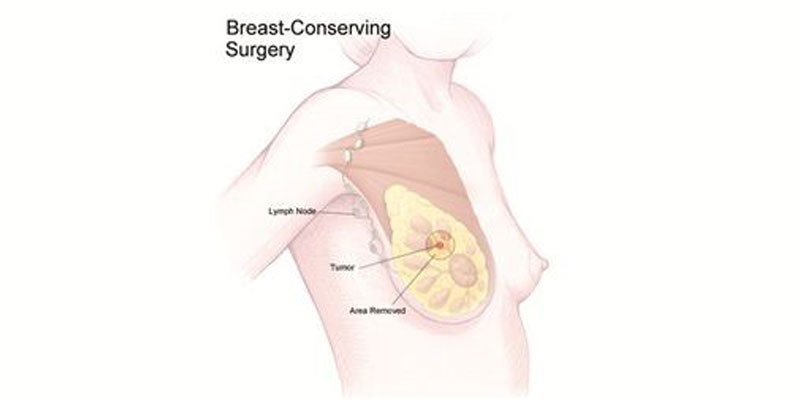If Diagnosed With Breast Cancer, Will the Entire Breast Need to Be Removed?
Not always. The type of surgery needed for breast cancer depends on the size, location, and stage of the tumor, as well as the patient’s health and preferences. Here’s an overview of the main surgical options:
- Lumpectomy (Breast-Conserving Surgery)
A lumpectomy involves removing only the part of the breast that has the cancer, along with some surrounding tissue. This procedure allows a woman to keep most of her breast. Lumpectomies are often recommended when the tumor is small and can be easily separated from the surrounding tissue. Typically, radiation therapy is recommended after a lumpectomy to help prevent cancer from returning.
- Mastectomy (Full Breast Removal)
A mastectomy involves removing the entire breast. Doctors may recommend a mastectomy if:
– The tumor is large or widespread in the breast.
– There are multiple areas of cancer in the same breast.
– The patient has a high risk of recurrence or has certain genetic mutations that increase the risk of further breast cancer.
Some patients may choose to have reconstructive surgery after a mastectomy to rebuild the shape of the breast.
- Double Mastectomy
In some cases, especially for women at high genetic risk for breast cancer (such as those with BRCA1 or BRCA2 mutations), doctors may recommend a double mastectomy, where both breasts are removed as a preventive measure.
Choosing the Right Treatment
Every breast cancer case is unique, and the best treatment plan depends on individual factors. For some, a lumpectomy followed by radiation provides an effective treatment with minimal impact on appearance. For others, a mastectomy may be the best option. Doctors will help guide each patient to the best choice based on their needs and medical situation.
At Harshamitra, we provide a range of surgical options and help each patient understand the benefits and risks of each one. Our team works to ensure that each patient feels confident in their treatment plan.

